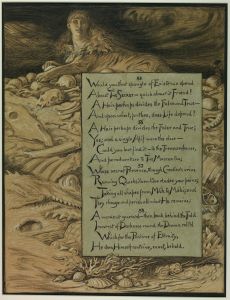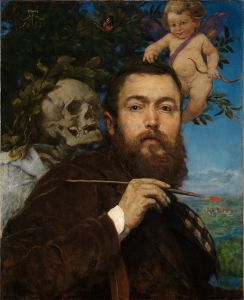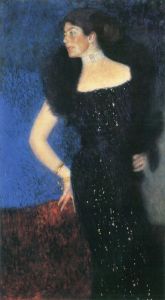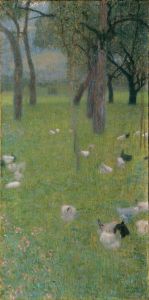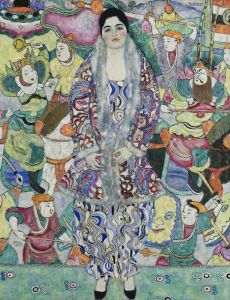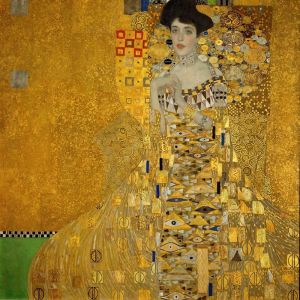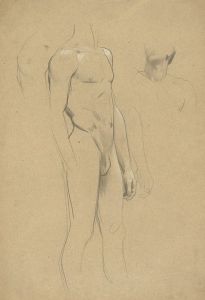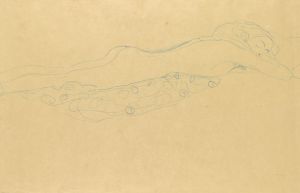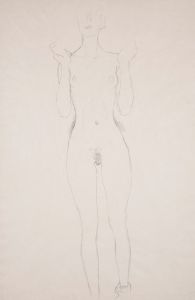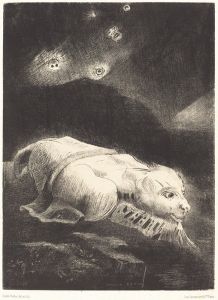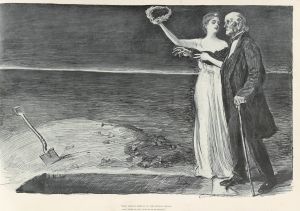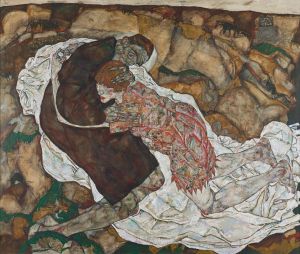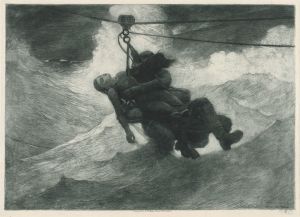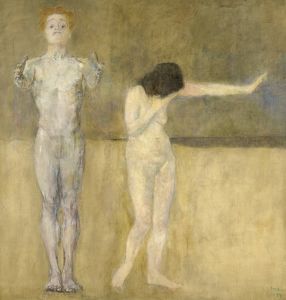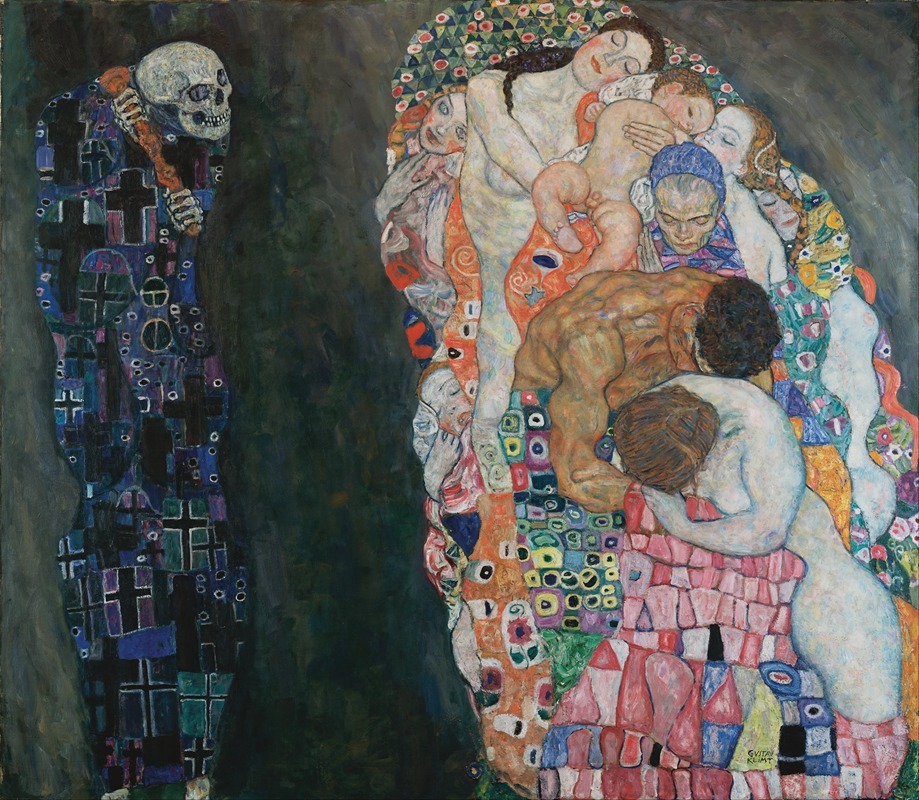
Death and Life
A hand-painted replica of Gustav Klimt’s masterpiece Death and Life, meticulously crafted by professional artists to capture the true essence of the original. Each piece is created with museum-quality canvas and rare mineral pigments, carefully painted by experienced artists with delicate brushstrokes and rich, layered colors to perfectly recreate the texture of the original artwork. Unlike machine-printed reproductions, this hand-painted version brings the painting to life, infused with the artist’s emotions and skill in every stroke. Whether for personal collection or home decoration, it instantly elevates the artistic atmosphere of any space.
"Death and Life" is an oil on canvas painting created by the Austrian symbolist painter Gustav Klimt. Completed in 1910 and later revised in 1915, the work is considered one of Klimt's most significant allegorical paintings. It reflects his fascination with the themes of mortality, the cycle of life, and the interconnectedness of human existence.
The painting measures 178 cm by 198 cm and is currently housed in the Leopold Museum in Vienna, Austria. "Death and Life" is notable for its striking composition, which is divided into two distinct sections. On the left side, the figure of Death is depicted as a skeletal figure draped in a dark, patterned robe, holding a club and gazing toward the group of figures on the right. Death's expression is calm yet menacing, symbolizing the inevitability of mortality.
On the right side of the painting, Klimt portrays a group of intertwined human figures, representing various stages of life. The figures include a mother holding a child, young lovers, and an elderly woman, all surrounded by vibrant, decorative patterns. These figures are painted in warm, rich colors, contrasting with the cooler tones of Death's side. The juxtaposition of the two sections creates a dynamic tension, emphasizing the coexistence of life and death.
Klimt's use of ornamentation and symbolism is characteristic of his style during this period. The intricate patterns and gold accents in "Death and Life" reflect his interest in the decorative arts and his association with the Vienna Secession, an art movement that sought to break away from traditional academic art. The painting also demonstrates Klimt's mastery of color and composition, as well as his ability to convey complex themes through visual imagery.
"Death and Life" was well-received during Klimt's lifetime and remains one of his most celebrated works. It has been interpreted as a meditation on the transient nature of human existence and the universal experience of life and death. The painting's emotional depth and symbolic richness continue to resonate with viewers, making it a timeless masterpiece in the history of art.





